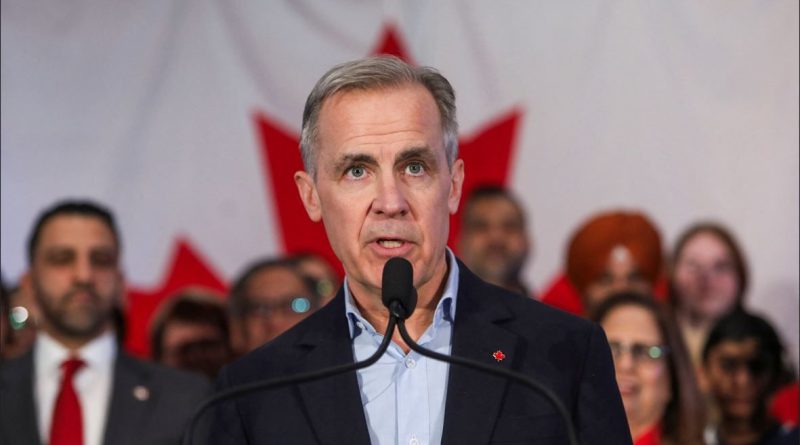Mark Carney unveils first budget as Canada battles economic strain from US tariffs
Canadian Prime Minister Mark Carney’s administration presents its first national budget on Tuesday, a fiscal roadmap the government says will deliver “the answer” to mounting economic pressure triggered by United States tariffs.
Carney, a former governor of both the Bank of Canada and the Bank of England who entered politics earlier this year, has positioned himself as the steady hand capable of guiding Canada through one of its most turbulent economic periods in decades.
US President Donald Trump’s tariff policies have taken a toll on Canada’s economy, pushing up unemployment rates and tightening margins across key industries such as automobile manufacturing, aluminum, and steel production.
Speaking to journalists in South Korea over the weekend after attending an Asia summit, Carney posed the critical question facing his government: “Where are we going to find the growth given the headwinds from the new US trade policy?” He added confidently, “What this budget will do is provide the answer to that question.”
According to officials, the upcoming budget, the first under Carney’s Liberal administration, is designed to confront the shifting global and geopolitical landscape and reassert Canada’s economic independence amid strained relations with Washington.
While full details remain confidential until Finance Minister François-Philippe Champagne formally presents the document in parliament, insiders suggest the spending plan will include significant increases in defense expenditure to meet NATO’s funding benchmarks.
Major investments are expected in strategic national projects aimed at reinforcing Canada’s economic resilience, including port expansion, renewable and conventional energy development, and new infrastructure to support the extraction and transport of critical minerals from remote regions.
Describing the proposal as “an investment budget,” Champagne said the focus is on long-term national renewal rather than short-term fixes.
“The idea is to build the Canada of tomorrow,” he said.
